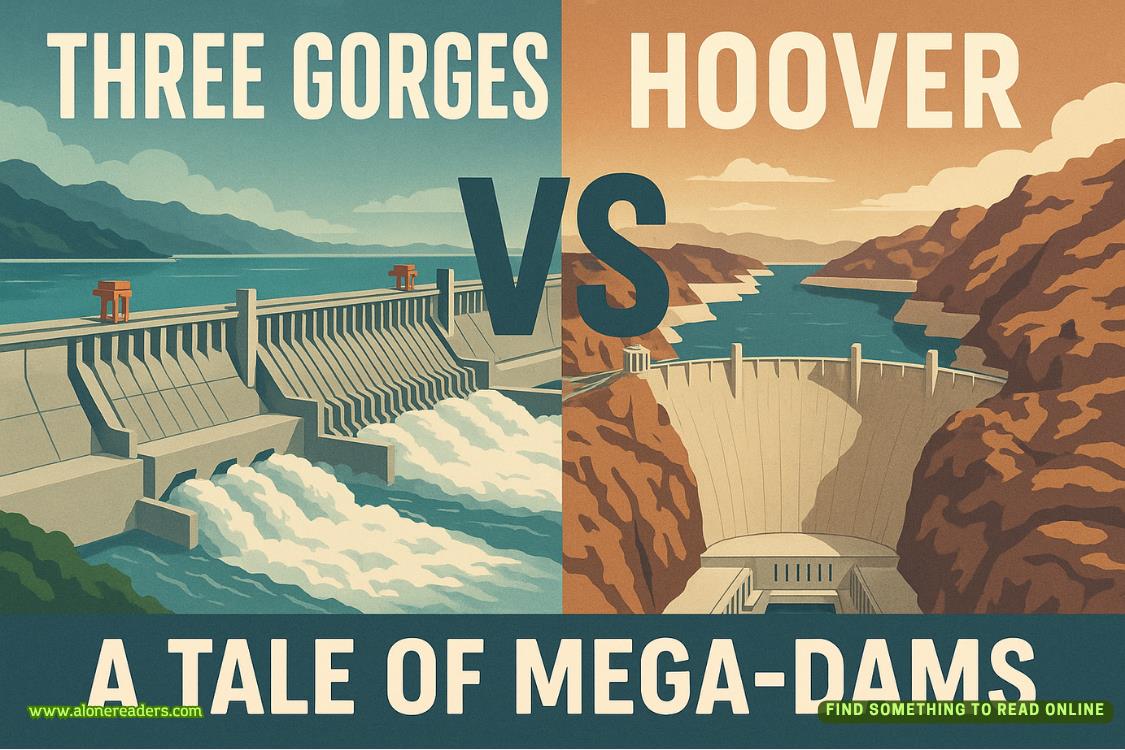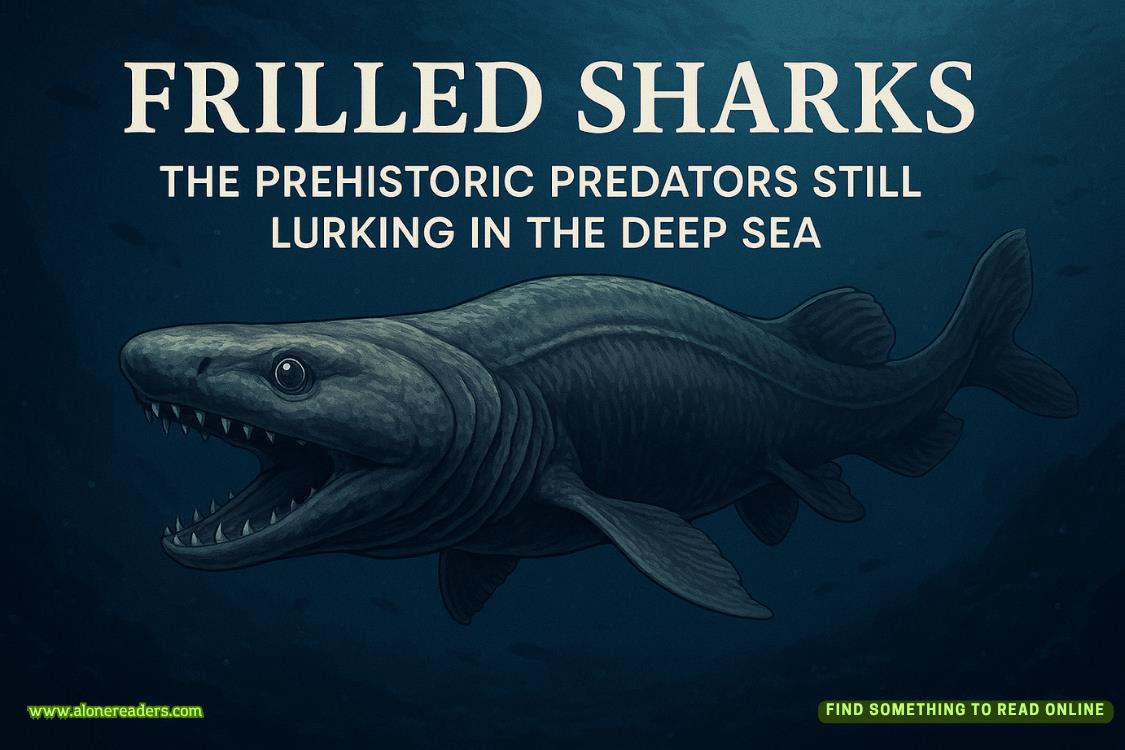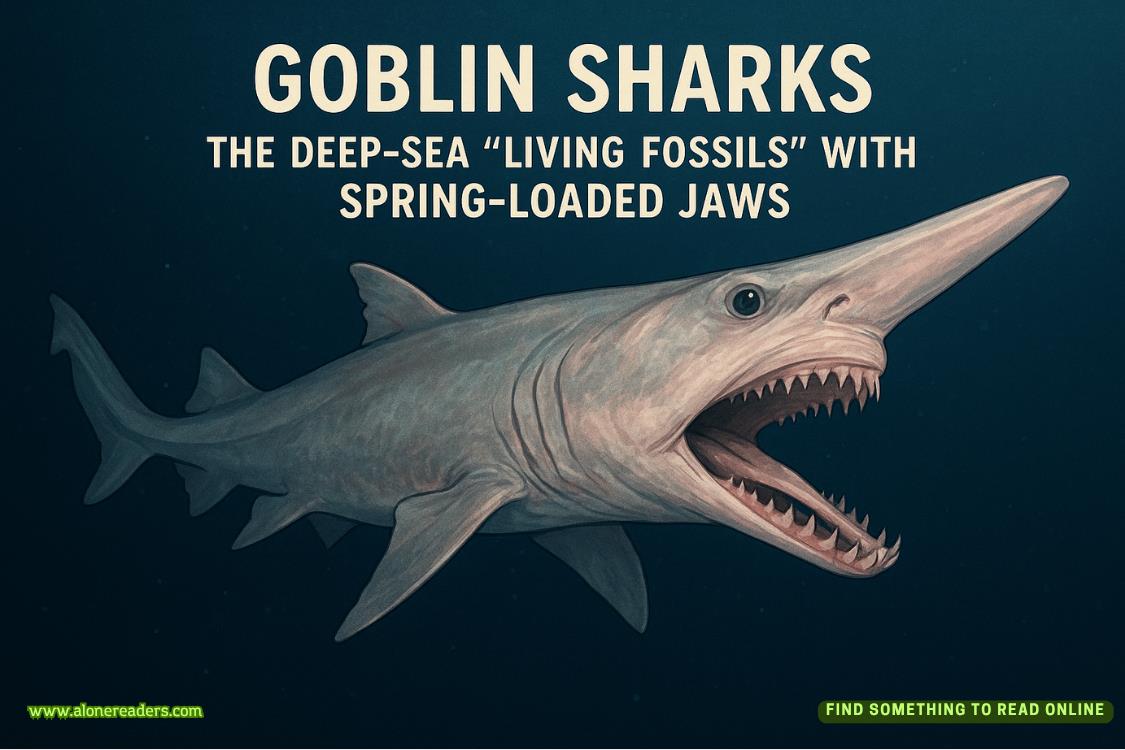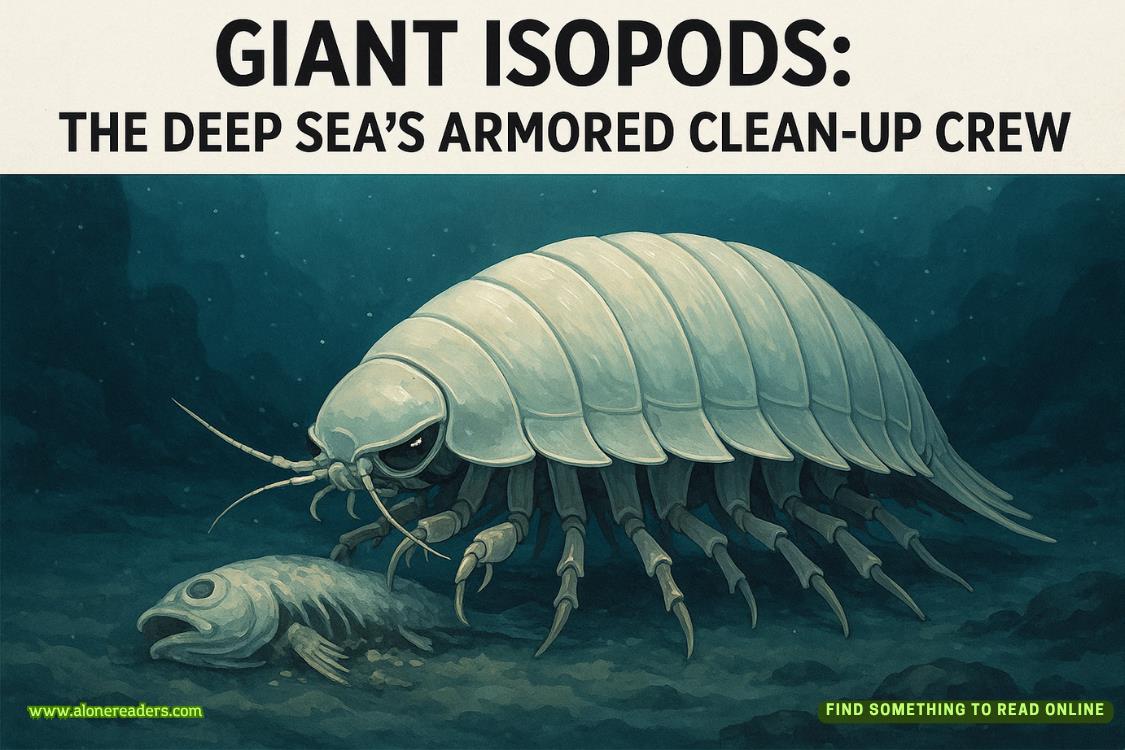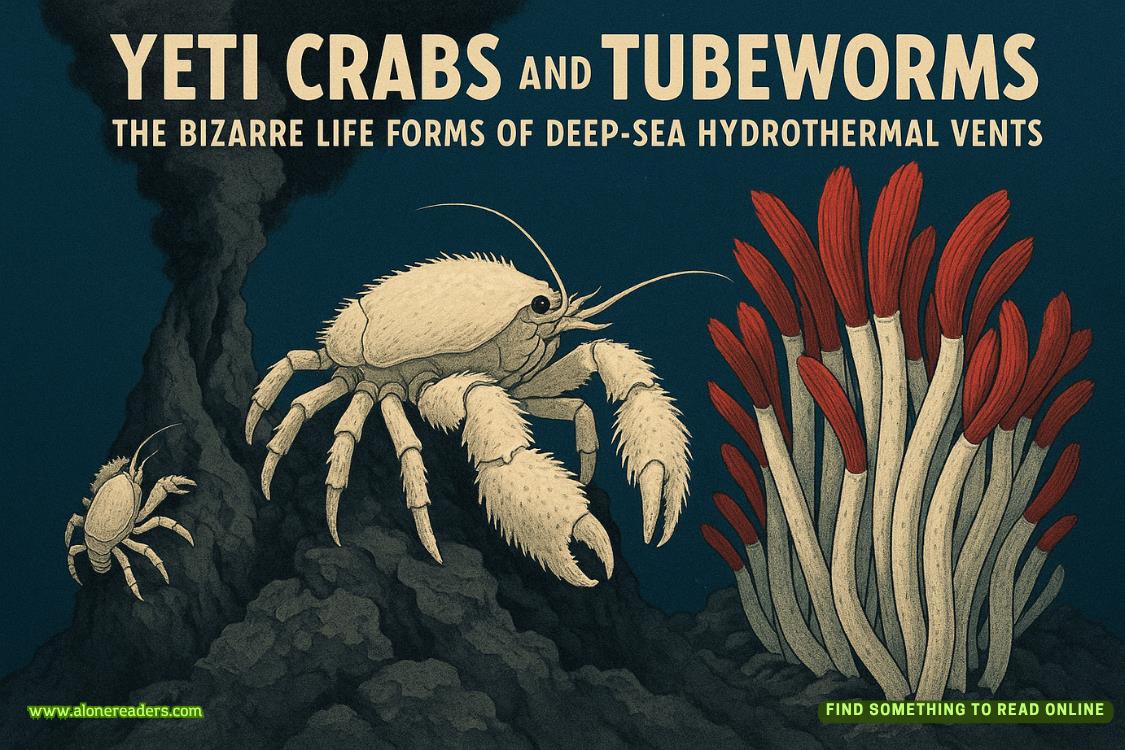Then the scene was obscured by the fog of gun smoke. Barney could hear the screams of maimed men between the bangs, and the taste of gunpowder was in his nose and mouth.
The ships drew apart, firing their stern guns as they did so. As they emerged from the smoke Barney saw that Drake was not going to slow his pace by turning around to attack theSan Martinagain, but was making a beeline for the next nearest Spanish ship. Barney deduced with relief that theRevengewas not badly damaged.
The second ship in the English line, theNonpareil, pounced on theSan Martin. Following Drake’s example, its commander drew breathtakingly close to the enemy vessel, though not close enough to permit the Spanish to grapple and board; and the guns thundered again. This time Barney thought the Spanish fired fewer balls, and he suspected their artillerymen were slow to reload.
Barney had watched for long enough: it was time to join in. It was important for theAliceto be seen attacking Spanish ships, for that entitled Barney and his crew to a share of the spoils.
TheSan Felipewas the next galleon in the Spanish line, and it was already surrounded by English ships that were pounding it mercilessly. Barney was reminded of a pack of hounds attacking a bear in the English people’s favourite entertainment. The ships were approaching so close that Barney saw one crazed Englishman jump across the gap to the deck of theSan Felipeand immediately get cut to pieces by Spanish swords. He realized it was the only time in the past nine days that anyone had boarded an enemy ship – a measure of how the English had succeeded in preventing the Spanish from using their preferred tactics.
As theAliceswept into the attack, following in the wake of a warship called theAntelope, Barney glanced to the horizon and saw, to his consternation, a new group of Spanish vessels appearing over the horizon and racing to join the battle. To come to the rescue of an outnumbered fleet took courage, but it seemed the Spaniards had plenty of that.
Gritting his teeth, Barney yelled at his helmsman to approach within a hundred yards of theSan Felipe.
The soldiers on the galleon fired their muskets and arquebuses, and were near enough to score several hits among the men crowded on the deck of theAlice. Barney dropped to his knees and escaped unscathed, but half a dozen of his crew fell, bleeding onto the deck. Then Bill Coory started firing, and the guns of theAlicethundered. Small shot raked the deck of the galleon, mowing down sailors and soldiers, while larger cannonballs smashed into the timbers of the hull.
The galleon replied with one large ball for theAlice’s eight smaller shots, and as it crashed into the stern, Barney felt the thud in the pit of his stomach. The ship’s carpenter, waiting on deck for exactly this moment, rushed below to try to repair the damage.
Barney had been in battle before. He was not fearless – men without fear did not live long at sea – but he found that once the fighting started there was so much to do that he did not think about the danger until afterwards. He was possessed by high-energy excitement, yelling instructions at his crew, dashing from one side of the ship to the other for a better view, dropping down to the gun deck every few minutes to shout orders and encouragement to the sweating artillerymen. He coughed on gun smoke, slipped on spilled blood, and stumbled over the bodies of the dead and wounded.
He looped theAlicearound behind theAntelopeand followed the larger ship on its second pass, firing the port guns this time. He cursed as a shot from the galleon struck his rear mast. A fraction of a second later he felt a sharp stinging pain in his scalp. He reached up and pulled a splinter of wood from his hair. He felt the warm wetness of blood, but it was only a trickle, and he realized he had escaped with a scratch.
The mast did not fall and the carpenter hurried to brace it with reinforcing struts.
When theAlicewas clear of the sulphurous smoke, Barney noticed that the armada was slowly moving into its crescent formation. He was amazed that the commanders and crews could summon up such discipline as they took a hellish pounding. The Spanish ships were proving worryingly hard to sink, and now reinforcements were about to arrive.
Barney looped theAlicearound for another attacking run.
*
THE BATTLE RAGEDall day, and by mid-afternoon Rollo was in despair.
TheSan Martinhad been hit hundreds of times. Three of the ship’s big guns had been dislodged from their mountings and rendered useless, but it had plenty more. The holed ship was being kept afloat by the divers, the bravest of the brave, who went into the sea with lead plates and hemp caulking to patch the hull while the gunfire raged. All around Rollo men lay dead or wounded, many calling on God or their favourite saint to release them from their agony. The air he breathed tasted of blood and gun smoke.
TheMaria Juanhad been so terribly damaged that it could not stay afloat, and Rollo had watched in despair as the magnificent ship sank, slowly but hopelessly, into the grey waves of the cold North Sea and disappeared from sight forever. TheSan Mateowas close to the end. In the effort to keep her afloat the crew were throwing everything movable overboard: guns, gratings, broken timbers, and even the bodies of their dead comrades. TheSan Felipewas so badly damaged that it could not be steered, and it was drifting helplessly away from the battle and towards the sandbanks.
It was not just that the Spanish were outnumbered. They were brave soldiers and skilled sailors, but they won their battles by ramming and boarding, and the English had figured out how to prevent them from doing that. Instead, they had been forced into a shooting battle, in which they were at a disadvantage. The English had developed a rapid-fire technique that the Spanish could not match. The larger Spanish guns were difficult to reload, sometimes requiring the gunners to hang from ropes outside the hull to insert the shot, and in the thick of a battle that was almost impossible.
The result was disaster.
As if to make defeat more certain, the wind had veered to the north, so there was no escape in that direction. To the east and south were only sandbanks, and the English were pressing them from the west. The Spanish were trapped. They were holding out bravely, but in time they would either sink under the English guns or run aground on the sandbanks.
There was no hope.
*
AT FOUR O’CLOCKin the afternoon the weather changed.
An unexpected squall blew up from the south-west. On the deck of Lord Howard’sArk Royal, Ned Willard was buffeted by strong winds and soaked by rain. He could have put up with that cheerfully, but what bothered him was that the Spanish armada was now hidden behind a curtain of rain. The English fleet moved tentatively to the place where the Spanish ought to be, but they had gone.
Surely they would not escape now?
After half an hour the storm moved on as quickly as it had arrived and, in the abrupt afternoon sunshine, Ned saw to his dismay that the Spanish ships were now two miles north and moving fast.
TheArkput on sail and gave chase, and the rest of the fleet followed, but it would take them time to catch up, and Ned realized there would be no more battle before night.
Both fleets stayed close to the east coast of England.
Night fell. Ned was exhausted and went to sleep, fully clothed, on his bunk. When dawn broke the next day he looked ahead to see that the Spanish were the same distance away, still racing north as fast as they could.







